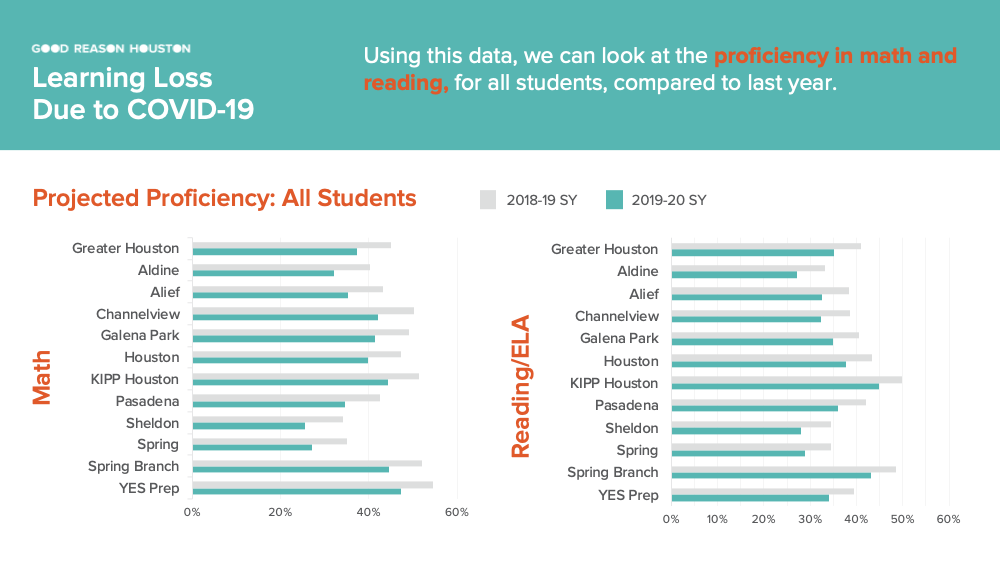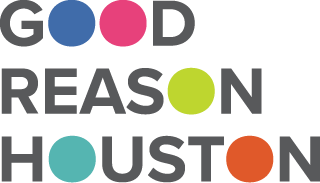According to a new study, the suspension of in-person educational instruction in Houston this past spring has the potential to negatively impact all students, with as many as 39,000 fewer students learning at grade level. This and other findings were part of a study commissioned by Good Reason Houston, a nonprofit dedicated to accelerating district transformation in Houston public school districts, in partnership with Empower K12, a national education accountability and data leader, to better understand the potential impact of COVID-19 shutdowns on student learning.
The data shows that significant learning loss is not a single school district issue but rather a challenge to be solved collaboratively as Houstonians. While health and safety are key considerations as schools plan their return, it will be critical to make sure the academic and socioemotional needs of Houston students are also met.
“Right now, districts, administrators, teachers, parents and students are navigating an unprecedented return to school,” said Alex Hales Elizondo, Good Reason Houston CEO. “Our students face an historic education crisis, which profoundly impacts economically disadvantaged students and students of color. This extraordinary moment will require extraordinary leadership from Houston-area school districts if we have any shot at not leaving a generation of students behind.”
The study, titled “Modeling the Impact of COVID-19 School Closures on Greater Houston Student Proficiency” examined the impact of previous disruptive events (Hurricanes Katrina and Harvey), pairing that with assessments of the impact student absence has on learning, and applying that to Texas STARR outcomes in Houston.
The study found the following:
- For Houston, it means 39,000 fewer students are starting this school year on grade level proficiency in mathematics, and 29,000 fewer at grade level proficiency in reading.
- Every week of remote instruction is likely to result in roughly a 0.8 decline in Math proficiency and a 0.6 decline in English/Language Arts. Students lost nine weeks of instruction time in the spring, so districts can expect to see 5.7- to 7.7-point declines in proficiency across all student groups.
- This will expand already persistent education opportunity gaps, as students of color and economically disadvantaged students will fall even further behind their peers in the short term.

- Schools and districts need more and different resources to mitigate the impact of this crisis on students. Challenging budgets cannot be balanced on the backs of school children.
- Districts must do everything they can to maximize learning time and to support teachers with professional development that promotes quality remote instruction.
- Houston needs to understand how students are actually doing. Students need to return to taking a high-quality assessment this school year so that we have actual data about how and what students are learning in a remote learning environment.
“Houston has always had the courageous optimism to overcome catastrophic challenges that impact our city,” Hales Elizondo said. “We can do that once again. Local districts can use this information to plan for the year ahead and minimize the impact of the pandemic on our most vulnerable students.”

